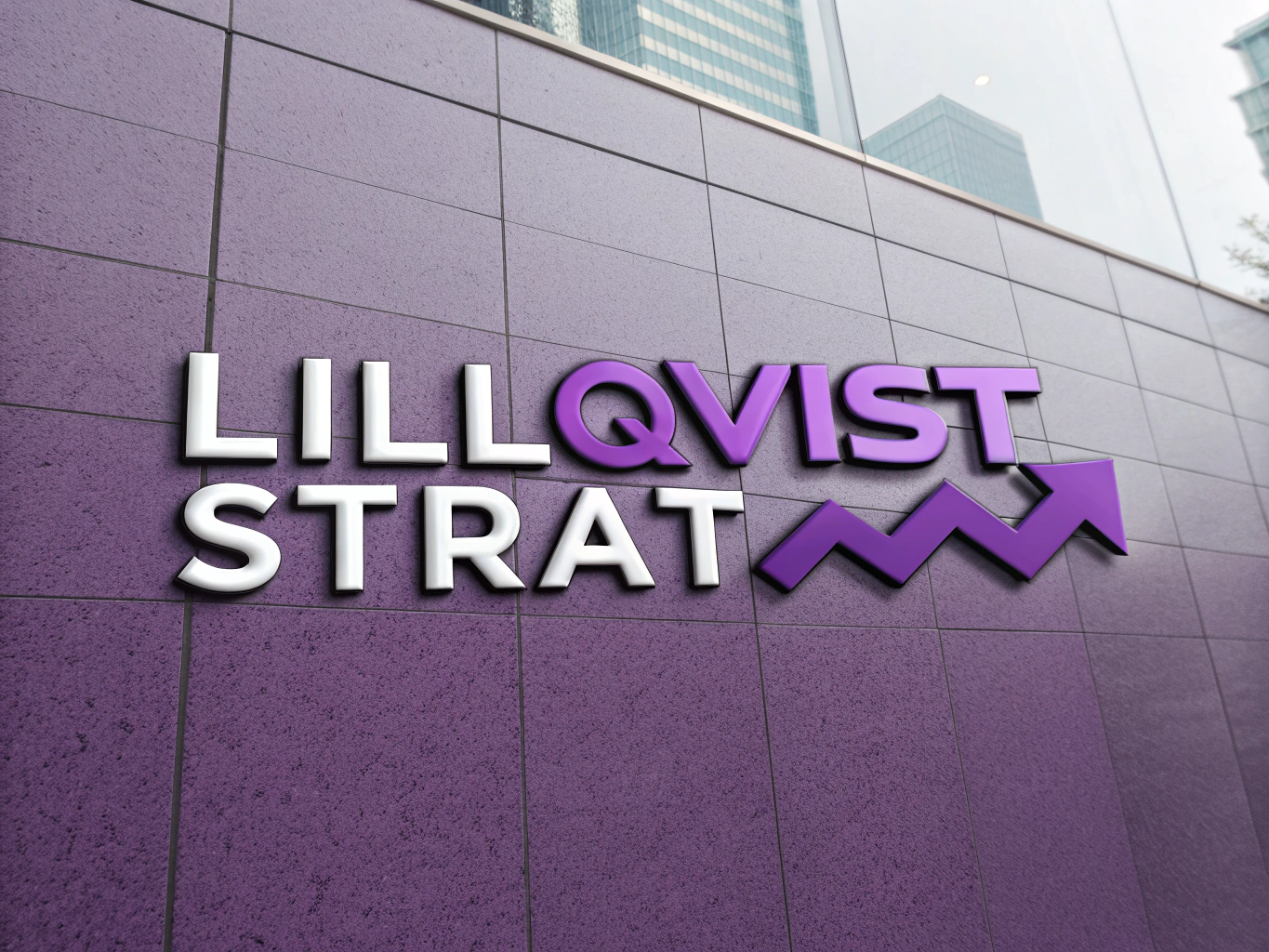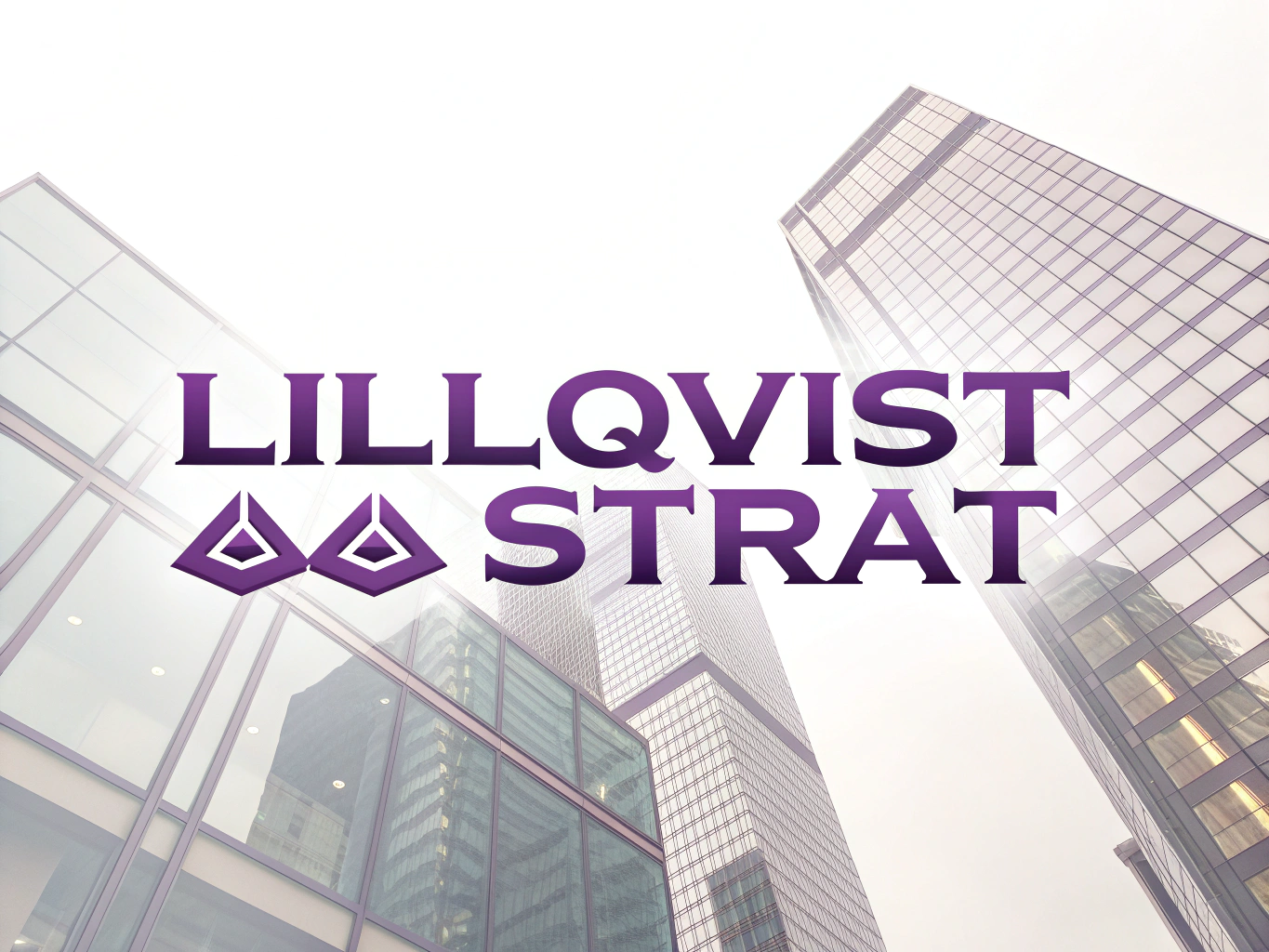Demand forecasting is a critical aspect of inventory management in grocery chains. By accurately predicting product demand, grocery stores can ensure they maintain optimal stock levels, reducing both waste and stockouts. Leveraging AI and machine learning can significantly enhance the precision of these forecasts, automating ordering and restocking processes for efficiency.
With accurate demand forecasting, grocery stores can minimize waste due to overstocking and ensure they have the right products available at the right time. AI-driven demand forecasting analyzes historical sales data, customer preferences, seasonal trends, and other variables to predict future demand with high accuracy.
Here’s how AI-powered demand forecasting can benefit grocery chains:
1. Leverage Machine Learning for Demand Prediction
Machine learning models can analyze large datasets, such as past sales, weather patterns, promotional events, and even social media trends, to predict future demand for products. These models can continuously learn and adapt based on new data, ensuring that forecasts remain accurate as market conditions change.
Example Code for Demand Forecasting Using Machine Learning (Linear Regression):
import pandas as pd
from sklearn.linear_model import LinearRegression
import numpy as np
# Simulated historical sales data (e.g., weekly sales of a product)
data = {
'Week': [1, 2, 3, 4, 5, 6, 7, 8],
'Sales': [120, 135, 150, 145, 160, 170, 165, 175],
'Promotions': [0, 1, 1, 0, 1, 1, 0, 1], # 1 represents a promotion, 0 no promotion
}
df = pd.DataFrame(data)
# Train a Linear Regression model for demand forecasting
X = df[['Week', 'Promotions']] # Independent variables (Week and Promotions)
y = df['Sales'] # Dependent variable (Sales)
# Initialize and train the model
model = LinearRegression()
model.fit(X, y)
# Predict future demand (week 9)
future_data = np.array([[9, 1]]) # Week 9 with a promotion
predicted_sales = model.predict(future_data)
print(f"Predicted demand for Week 9: {predicted_sales[0]} units")In this example, a simple linear regression model is used to predict sales in future weeks, taking into account both the week number and promotions. This model could be expanded to incorporate additional features, such as weather, holidays, or local events, to improve accuracy.
2. Automate Ordering and Restocking
Once the demand for products is forecasted, AI can automate the restocking process by generating automated orders to suppliers or triggering internal reordering processes. AI systems can also adjust orders in real-time to account for changes in demand, avoiding both overstocking and stockouts.
Example Code for Automated Restocking Based on Predicted Demand:
# Simulated current stock levels
current_stock = {
'Apple': 200,
'Banana': 150,
'Milk': 100,
}
# Forecasted demand for next week (example from the prediction model)
forecasted_demand = {
'Apple': 250,
'Banana': 180,
'Milk': 120,
}
# Function to automate ordering based on demand
def automated_ordering(current_stock, forecasted_demand, reorder_threshold=50):
orders = {}
for product, forecast in forecasted_demand.items():
if forecast > current_stock.get(product, 0) + reorder_threshold:
# Calculate the order amount
order_amount = forecast - current_stock.get(product, 0)
orders[product] = order_amount
return orders
# Example usage: automate ordering process
orders_to_place = automated_ordering(current_stock, forecasted_demand)
print("Orders to place:", orders_to_place)In this example, if the forecasted demand exceeds the current stock plus a threshold (which can be adjusted based on safety stock needs), the system automatically calculates the required order amount. This automates the restocking process and ensures products are available without unnecessary surplus.
3. Reduce Waste and Optimize Stock Levels
AI-powered demand forecasting can help grocery chains reduce waste by ensuring products are only ordered when necessary. By accurately predicting demand, stores can avoid ordering excess stock, particularly for perishable items like fresh produce or dairy products. This reduces the risk of product expiration and waste, while also ensuring that popular products are consistently available.
Example Code for Calculating Stock Optimization Based on Demand and Shelf Life:
# Simulated product data with shelf life (in days)
product_data = {
'Apple': {'demand_per_week': 50, 'shelf_life': 7},
'Banana': {'demand_per_week': 40, 'shelf_life': 5},
'Milk': {'demand_per_week': 30, 'shelf_life': 5},
}
# Function to optimize stock based on forecasted demand and shelf life
def optimize_stock(product_data, days_in_advance=7):
optimized_stock = {}
for product, data in product_data.items():
# Calculate required stock based on forecasted demand and shelf life
required_stock = data['demand_per_week'] * (days_in_advance / 7)
# If the product's shelf life is too short, adjust stock to prevent waste
if data['shelf_life'] < days_in_advance:
required_stock = min(required_stock, 0) # Don't order more than can be sold
optimized_stock[product] = required_stock
return optimized_stock
# Example usage: optimize stock based on demand and shelf life
optimized_stock_levels = optimize_stock(product_data)
print("Optimized stock levels:", optimized_stock_levels)In this code, stock optimization takes into account both the forecasted demand and the product’s shelf life, ensuring that grocery chains only order what can be sold within the product’s lifespan, reducing waste and improving stock turnover.
4. Monitor and Adjust Forecasts in Real-Time
AI-powered systems can continuously monitor actual sales against forecasted demand and adjust forecasts as necessary. If actual sales deviate significantly from the forecast, AI can update the demand model and adjust future ordering accordingly. This dynamic forecasting approach ensures that grocery chains stay responsive to changing market conditions.
Example Code for Real-Time Forecast Adjustment:
# Simulated actual sales data for the week
actual_sales = {
'Apple': 230,
'Banana': 160,
'Milk': 110,
}
# Function to adjust forecast based on actual sales data
def adjust_forecast(forecasted_demand, actual_sales):
adjusted_forecast = {}
for product, forecast in forecasted_demand.items():
actual = actual_sales.get(product, 0)
# Adjust forecast based on the difference between forecast and actual sales
adjustment_factor = (actual - forecast) * 0.2 # 20% adjustment factor
adjusted_forecast[product] = forecast + adjustment_factor
return adjusted_forecast
# Example usage: adjust demand forecast based on actual sales
adjusted_forecast = adjust_forecast(forecasted_demand, actual_sales)
print("Adjusted forecast:", adjusted_forecast)This code dynamically adjusts demand forecasts based on the difference between predicted and actual sales, ensuring that the model adapts to real-time data and remains accurate for future demand predictions.
AI-powered demand forecasting offers significant benefits for grocery chains, enabling better inventory management, cost savings, and improved customer satisfaction. By leveraging machine learning algorithms, grocery chains can predict demand more accurately, automate restocking, optimize stock levels, and reduce waste. Implementing AI for demand forecasting can help grocery chains operate more efficiently, minimize inventory costs, and ensure that customers always find the products they need.
Let Lillqvist Strat help you integrate AI-powered demand forecasting into your grocery chain operations. Our expertise will help optimize your inventory, reduce waste, and improve your bottom line.

Lillqvist Strat consults on business developement, software projects, automation, SOPs, analytical tools and more.
Contact me today to get started on our journey to higher profits, more revenue and happier employees!
Go to Contact now



